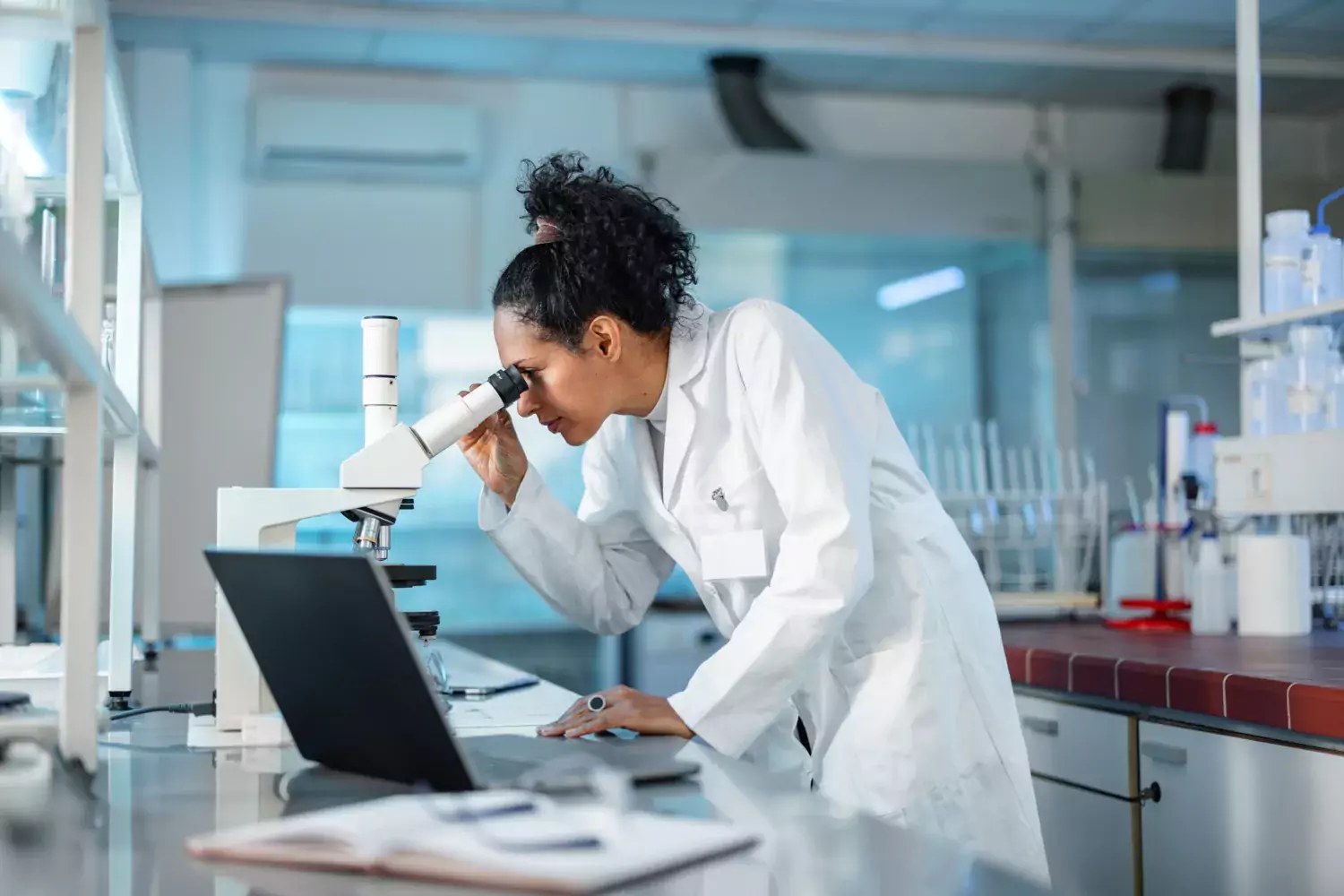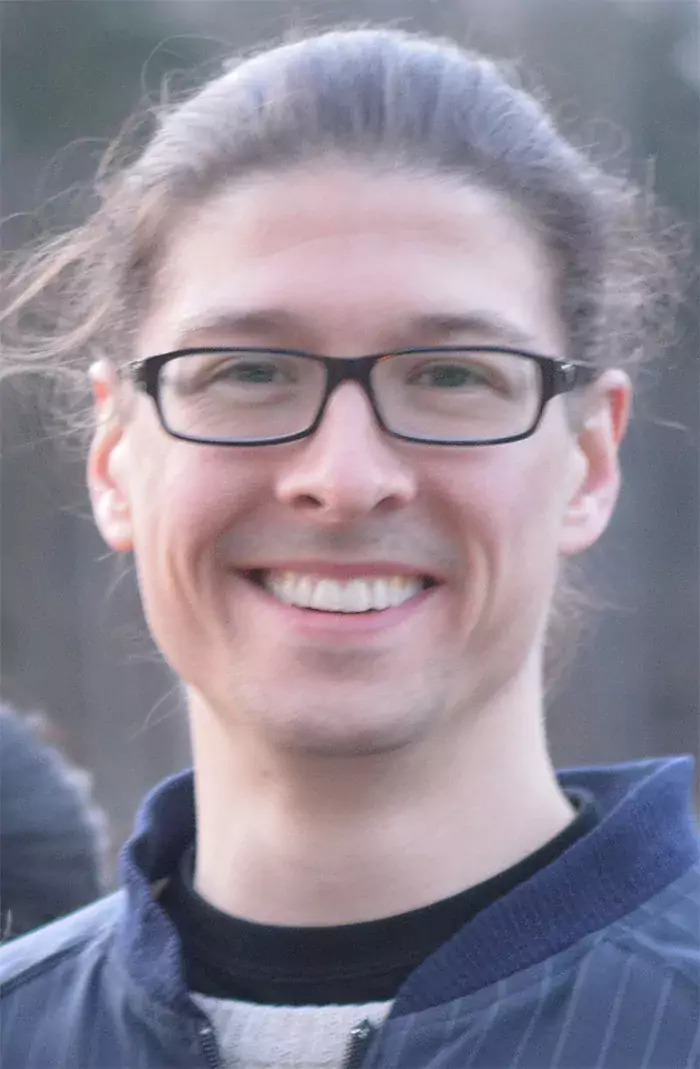New study reveals tiny cell bubbles big impact on health

Extracellular vesicles are small cell bubbles that play a crucial role in how our cells communicate. A recent study published in Science Advances has unlocked some fascinating insights into these tiny messengers and their potential in healthcare.
Researchers wanted to understand how cells react to these extracellular vesicles (EVs) produced by different cell types and at varying concentrations.

The world of extracellular vesicle (EV) research is relatively new. Scientists used to think that high concentrations of EVs were necessary for an impact. But this study shows that even a small number of EVs can make a big difference by transmitting important information and instructions between cells and revolutionize how we use EVs for treatments.
‒ Understanding how EVs communicate between cells gives us a better grasp of how our bodies work at a microscopic level. It's like learning the secret language cells use to chat, says first and corresponding author Daniel Hagey, Researcher at the Department of Laboratory Medicine .
Next step
‒ Now we plan to work on better techniques to separate EVs from the other stuff floating around our cells. This will make EV research even more precise, Daniel Hagey continues.
‒ We also want to test different types of EVs on various cell types. This could help uncover more profound ways cells communicate, mirroring our body's complex relationships. In essence, this study unravels the hidden world of EVs and their critical role in cell communication. It could pave the way for exciting advancements in healthcare and our understanding of how our bodies function.
The study was funded by Cancerfonden, SSF and Vetenskapsrådet. The work was performed in Professor Samir EL Andaloussi's lab.
Publication
"The cellular response to extracellular vesicles is dependent on their cell source and dose", Hagey DW, Ojansivu M, Bostancioglu BR, Saher O, Bost JP, Gustafsson MO, Gramignoli R, Svahn M, Gupta D, Stevens MM, Görgens A, El Andaloussi S, Science Advances, online 1 September 2023.
